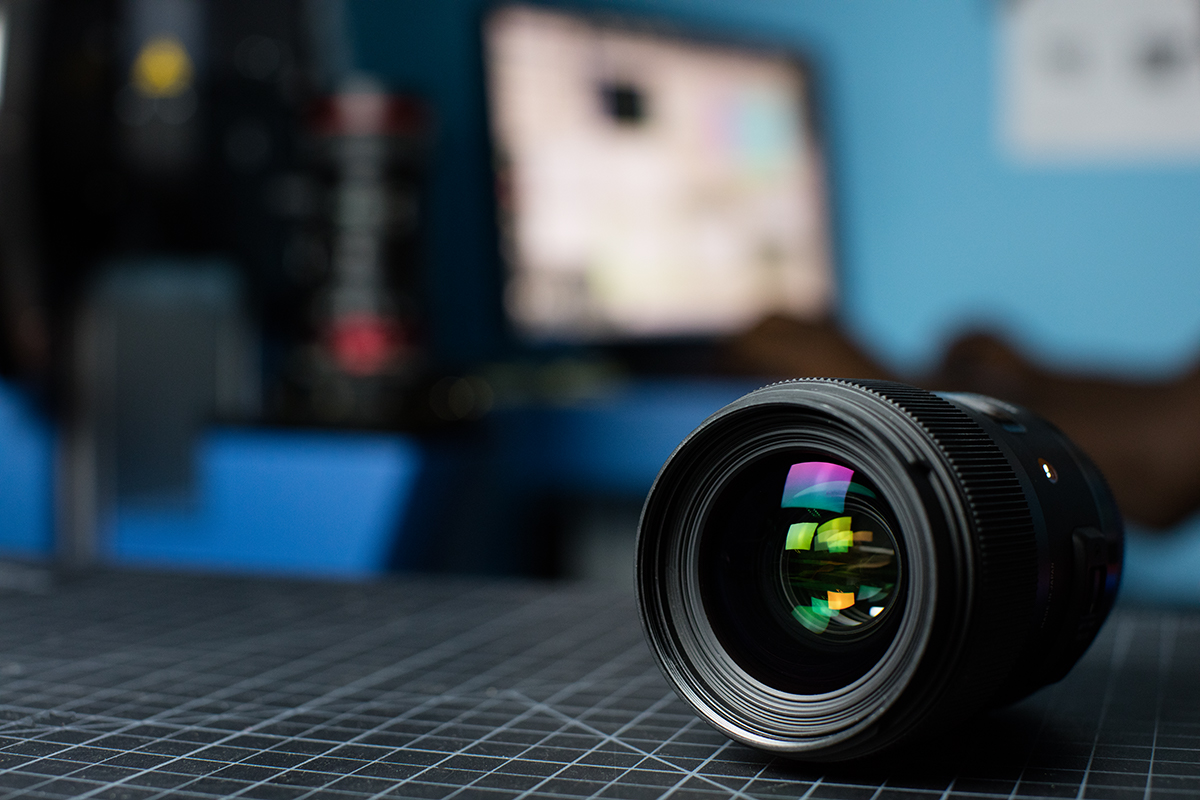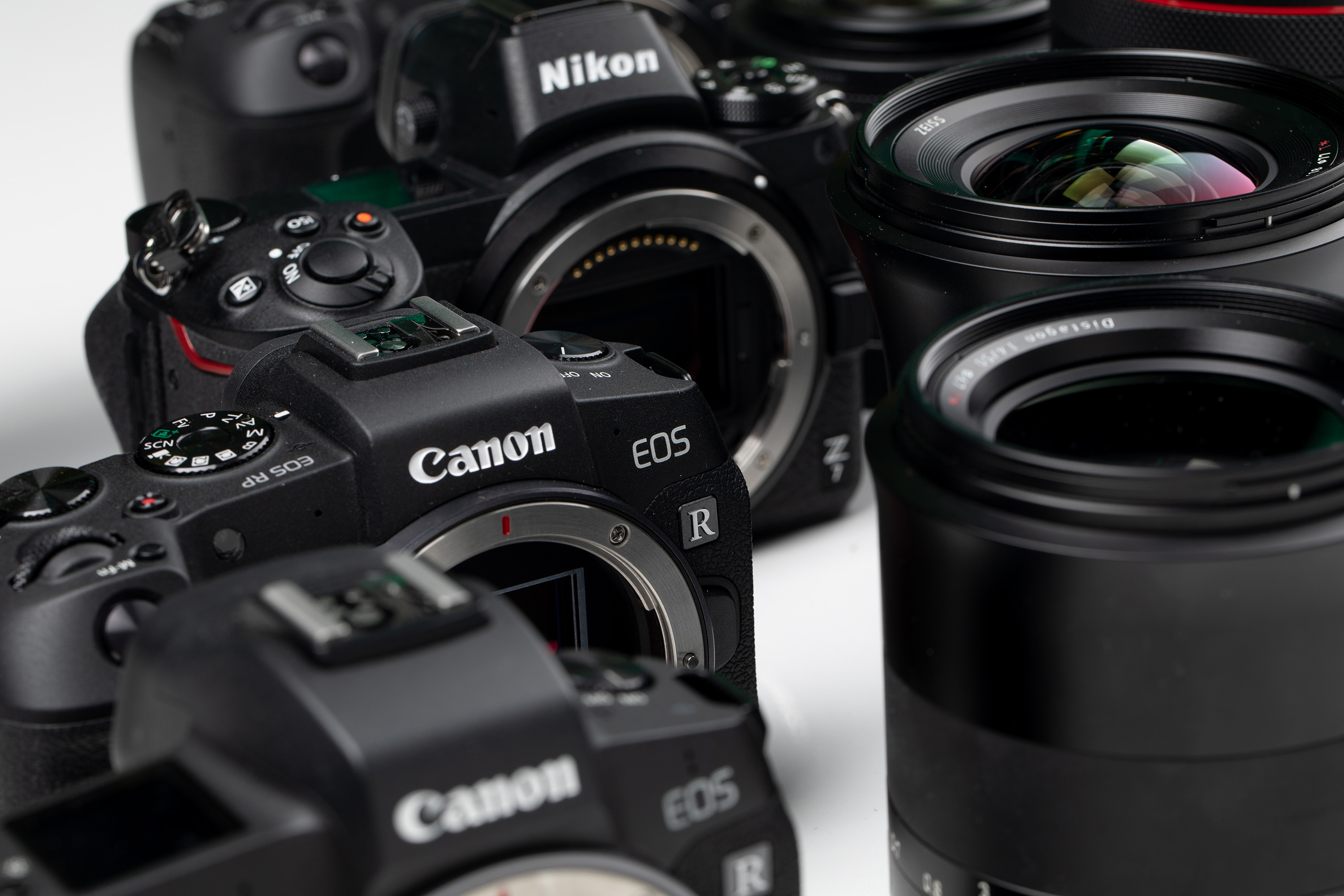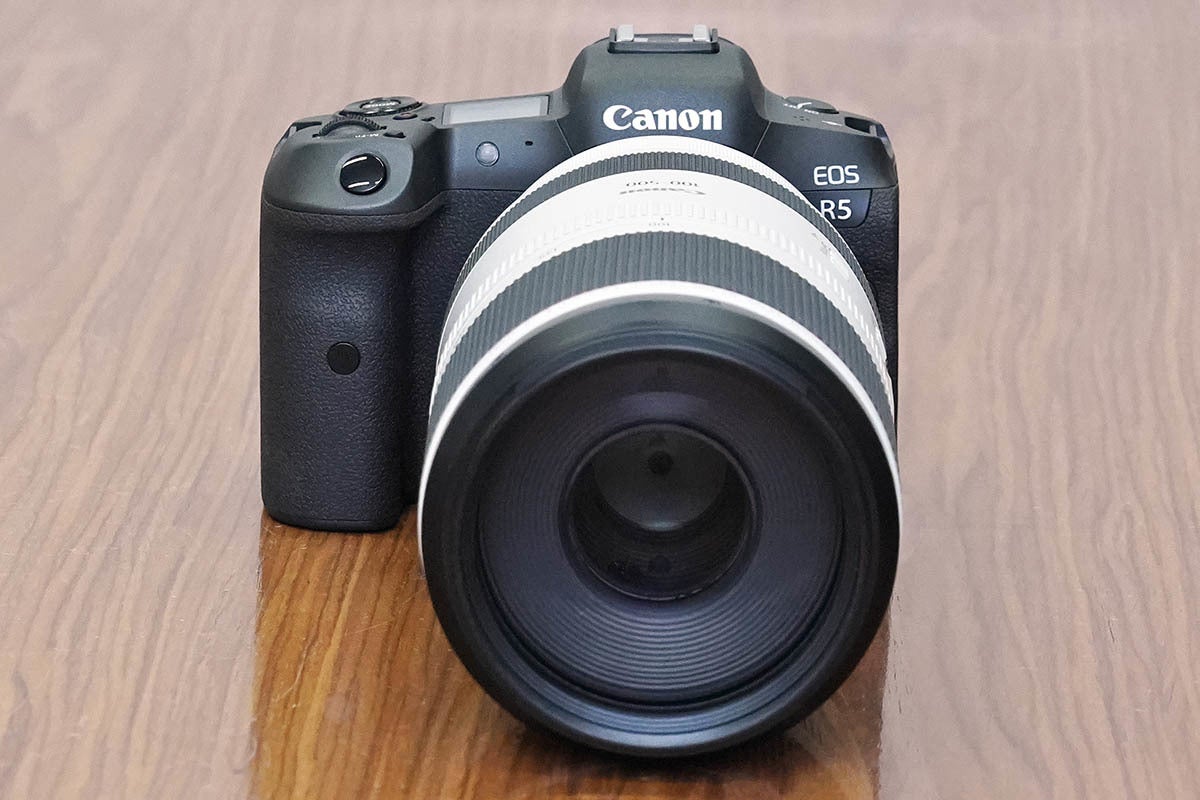These threads blow my mind every time.
As long as you are taking only a single picture and your sensor doesn't have a resolution so high that your aperture is 'diffraction limited', you are literally throwing detail away. How can people spend multiple thousands on fast lenses like the RF 28-70mm 2.0, 70-200mm, or worse, big white primes and be like "I'm fine getting only a portion of what I've payed for". For the first two lenses, there are obviously reasons other than detail to buy them. But the big whites are all about reach, are they not?
Given perfect optics, a 200 mm f/1.4, 400 mm f/2.8 and 800 mm 5.6 will all deliver the same amount of detail if your sensor resolution is so high that it is diffraction limited at all these f-numbers. They all have an identical aperture size. But the wider lens is easier to carry and makes subject framing easier thanks to the ability to change the framing later more freely.
Of course we don't have perfect optics and 150 is not enough to be diffraction limited at f/1.4. But each step in the direction of better corrected lenses and higher resolution sensors is a step closer to this world where each fast lens you own can be used instead of an additional longer, slower lens you would have to pay dear money for otherwise.
And that's without considering the better color detail, easier noise reduction, reducing or eliminating moire drastically and other advantages people have already mentioned.
Saying "I don't need it" is absolutely valid. Failing to see that there is a point in going to these higher resolutions is strange but understandable. But there are use cases that benefit from more resolution and the technology that enables them is not some marketing BS.
On a completely different note: Could it be that this camera will come be the successor to the high resolution R camera with the rumored ~ 80 MP? So, nothing that will materialize any time soon? Canon seems to really like the 1.33 times resolution increase as a step they take currently:
18 * 1.33 = 24 (60D* -> 80D)
24 * 1.33 = 32 (80D -> 90D)
20 * 1.33 = 26 (6D -> 6D II)
22 * 1.33 = 30 (5D III -> 5D IV)
30 * 1.33 = 40 (5D IV -> R5 ?)
84 * 1.33 = 112 (High Res R -> High Res R II ?)
112 * 1.33 = 150 (High Res R II -> High Res R III ?)
* The 70D and 7D II are an exception because the used the first Dual Pixel sensor generation and therefore probably have special constraints. The 1D X series not matching the pattern has obvious reasons.




